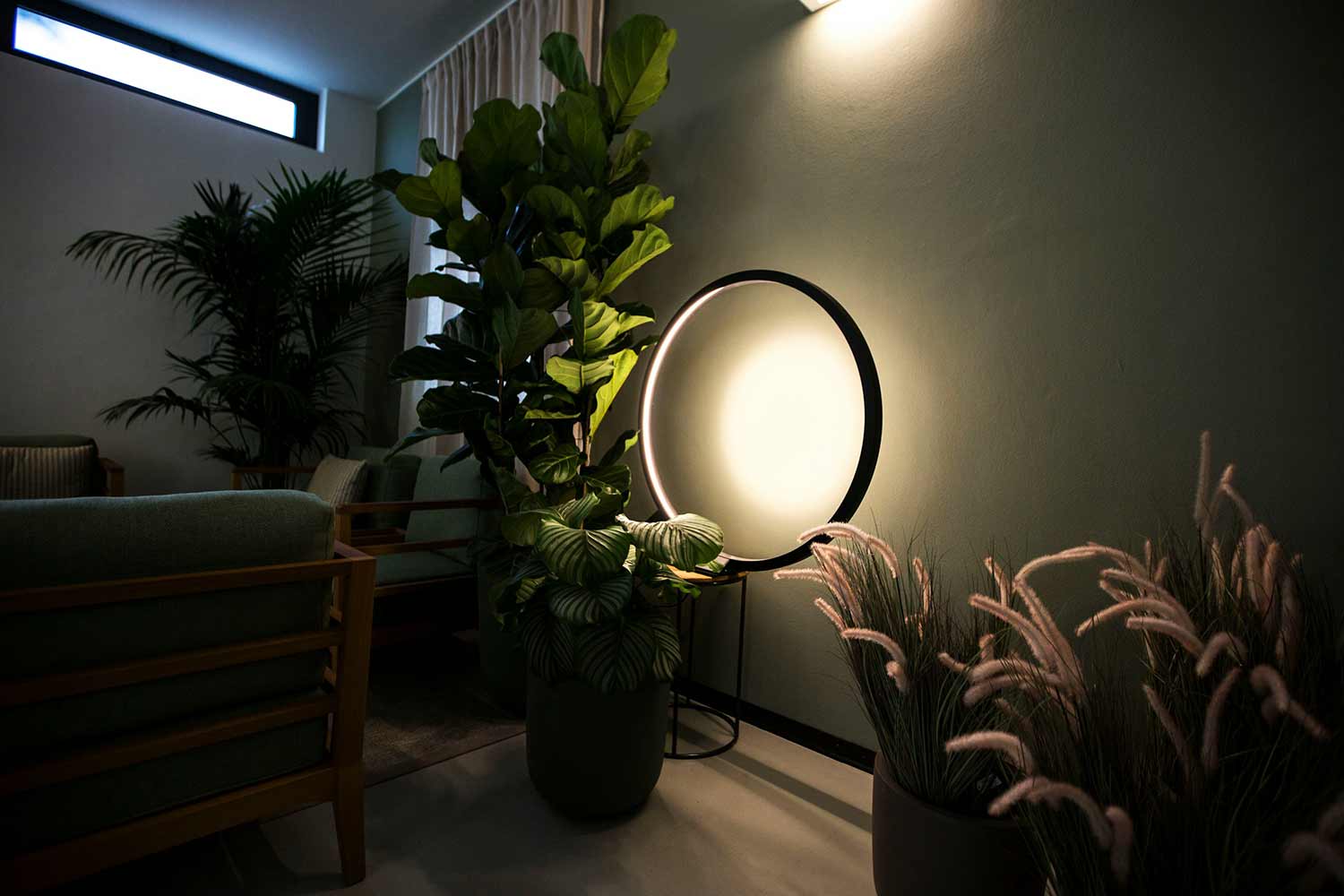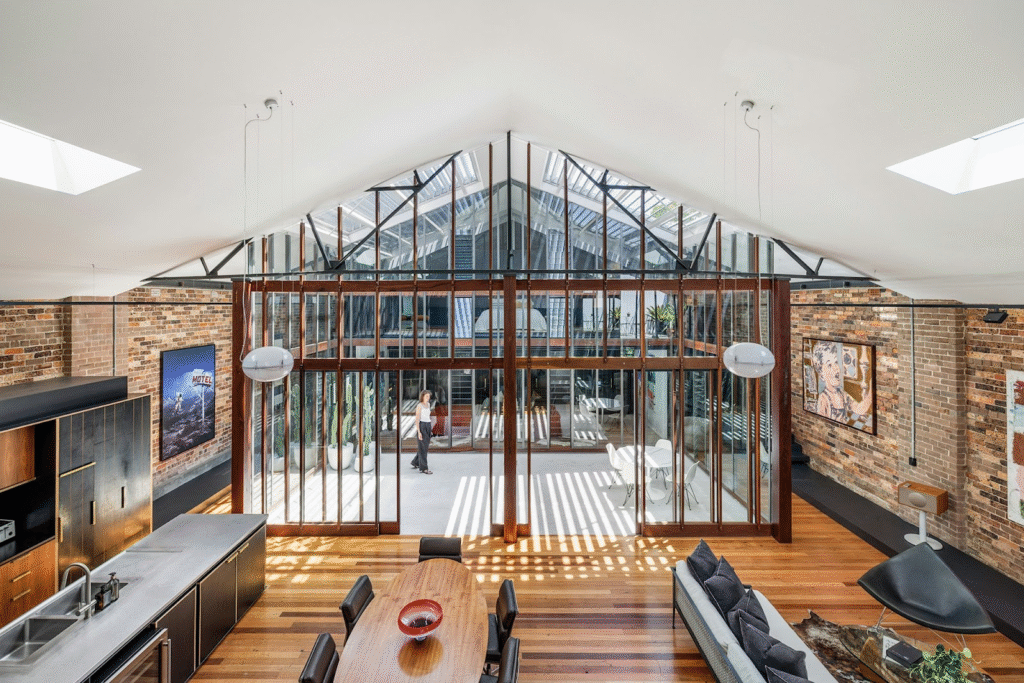Save Energy with These Top Energy-Saving Smart Lighting Options in an age where environmental consciousness meets cutting-edge technology, homeowners are discovering a brilliant way to reduce utility costs and minimize their carbon footprint: energy-saving smart lighting. This isn’t just a trend—it’s a lifestyle shift. Whether you’re optimizing your home for sustainability or simply aiming to lower your electric bill, integrating smart lighting into your setup is an illuminating decision.
This comprehensive guide explores the crème de la crème of energy-saving smart lighting solutions on the market today. Get ready to discover how advanced lighting technologies are reshaping modern living—one bulb at a time.

Why Energy Efficiency Matters
Every kilowatt counts. According to energy analysts, lighting accounts for approximately 15% of an average household’s electricity usage. Traditional incandescent bulbs, with their primitive design, waste up to 90% of energy as heat. In contrast, energy-saving smart lighting offers an elegant fusion of LED efficiency and intelligent control, delivering performance with purpose.
The stakes are high. Beyond your monthly bill, excessive energy consumption contributes to increased greenhouse gas emissions. Smart lighting doesn’t just lighten your room—it lightens your environmental load.
What Makes Smart Lighting “Smart” and “Energy-Saving”?
Intelligent Automation
Smart lighting can adapt to your schedule. Lights turn off automatically when no one’s in the room. Dimming features adjust brightness based on time of day or ambient light conditions, ensuring you’re never using more energy than necessary.
Remote and Voice Control
Whether you’re traveling abroad or lounging in your bed, smart lighting lets you control fixtures via smartphone apps or voice assistants. No more forgotten hallway lights draining power overnight.
Adaptive Brightness and Color Temperature
Some models dynamically adjust their output to reduce eye strain and match circadian rhythms. Bonus: they consume less power while enhancing comfort.
Integrations and Ecosystems
These lights sync with sensors, smart thermostats, and energy monitors, creating a truly cohesive, self-regulating home environment.
Best Energy-Saving Smart Lighting Options in 2025
Philips Hue White Ambiance
A veteran in the smart lighting arena, Philips Hue combines legacy and innovation. Their White Ambiance bulbs offer stunning energy efficiency and integrate smoothly with platforms like Apple HomeKit, Alexa, and Google Assistant.
Wattage Equivalent: 60W LED
Estimated Lifespan: 25,000 hours
Special Features: Geofencing, sunrise/sunset automation, Bluetooth & Zigbee compatibility
Perfect for living rooms, bedrooms, and reading nooks, Philips Hue uses only 9.5W while delivering warm, adjustable white light. These bulbs exemplify energy-saving smart lighting at its finest.
LIFX Mini White Smart Bulb
Compact yet powerful, the LIFX Mini White doesn’t require a hub—just a solid Wi-Fi connection. This no-fuss setup makes it ideal for apartments or smaller homes.
Wattage Equivalent: 60W
Energy Consumption: 9W
Estimated Lifespan: 22,800 hours
Standout Feature: Cloud-free local control with advanced scheduling
With energy metrics available directly in the app, the LIFX Mini White gives users real-time insight into their consumption—empowering smarter energy habits.
Sengled Smart LED Multicolor
For those who crave both flair and functionality, Sengled’s multicolor line offers vivid RGB lighting combined with serious power-saving chops.
Wattage Equivalent: 75W
Energy Usage: 10.5W
Control: Alexa, Google Assistant, Samsung SmartThings
Highlight: Built-in motion sensors and energy usage reports
Whether you’re creating a party vibe or a peaceful retreat, Sengled’s lights prove that energy-saving smart lighting doesn’t have to be boring or beige.
Wyze Bulb White
Budget-friendly without cutting corners, Wyze delivers excellent value with features usually reserved for higher-end competitors.
Wattage Equivalent: 60W
Energy Use: 9.5W
Integrated Sensors: Yes
Bonus: Integration with Wyze ecosystem (including cams, plugs, and thermostats)
A great choice for first-timers exploring smart lighting, Wyze makes sustainability simple and affordable.
Nanoleaf Essentials A19 Smart Bulb
If you’re after bold design and deep Apple integration, Nanoleaf is your go-to. These bulbs are designed with Thread support, ensuring lightning-fast response times and improved energy savings.
Wattage Equivalent: 75W
Power Consumption: 8.5W
Features: Adaptive Lighting, Circadian Rhythm Sync, HomeKit native
Extra: Vibrant RGB tuning with ultra-low idle consumption
Nanoleaf’s Essentials line is visually dynamic and technologically optimized for energy-saving smart lighting lovers who want form and function.
Advanced Energy-Saving Features to Look For
Dimming and Scene Setting
Dimming a light by 25% can reduce energy usage by 20%. Smart scenes allow users to automatically activate lower-brightness lighting configurations suited for different moods and times of day.
Occupancy and Vacancy Sensors
These motion-based triggers automatically turn lights on when someone enters a room and off when the room is vacant. High-traffic zones like hallways and bathrooms benefit immensely from these setups.
Daylight Harvesting
Sensors detect ambient daylight and adjust artificial light output accordingly. This sophisticated method ensures that you’re never over-lighting a space.
Scheduling and Timers
Automated schedules not only support daily routines but also minimize energy use during daylight hours or while you’re away. Lights off at noon? Done.
Geo-Fencing and Away Modes
Smart bulbs can track your smartphone’s location and react accordingly. Leaving home? Lights turn off. Coming back late? A warm glow welcomes you. This synergy between convenience and conservation is where energy-saving smart lighting truly shines.
Integrating Smart Lighting into Your Energy-Saving Strategy
The magic of smart lighting is amplified when part of a broader sustainability plan.
Combine with Smart Thermostats
Lighting isn’t the only energy hog. Smart thermostats learn your patterns and adjust HVAC settings accordingly. Together, they make a powerful energy-saving duo.
Use Smart Plugs and Power Strips
Sometimes, the fixture doesn’t support smart bulbs. In these cases, smart plugs let you manage floor and table lamps remotely—still achieving energy-saving smart lighting without rewiring.
Explore Solar Power and Backup Batteries
Pairing smart lighting with renewable energy sources can slash energy bills even further. During outages, battery backup ensures your home stays lit efficiently and responsibly.
Security Meets Sustainability
Modern smart lighting systems often come with built-in security features. Flashing alerts in emergencies, mimicking presence when you’re away, or syncing with doorbell cameras—these features work without sacrificing energy performance.
Set your exterior lights to dim gradually at midnight, but switch to full brightness if motion is detected. This intelligent compromise ensures safety while minimizing power drain.
Maintaining and Optimizing Your Smart Lighting Network
Keep Firmware Updated
Manufacturers often release patches to improve energy efficiency or fix bugs. Regular updates can boost performance and extend product life.
Monitor Consumption
Use in-app reports to identify which lights consume the most energy. Some apps even assign energy scores to encourage improvement.
Use Labels and Zones
Name your bulbs logically and assign them to zones (e.g., “Bedroom Ceiling”, “Kitchen Sink”). This allows for easier automation and scheduling, preventing lights from staying on longer than needed.
Common Mistakes to Avoid
- Over-lighting: More isn’t always better. Don’t install high-lumen bulbs where low light suffices.
- Ignoring Compatibility: Not all bulbs work with all hubs. Confirm compatibility to avoid wasteful setups.
- Disabling Automation: Forgetting to activate schedules and scenes can defeat the purpose of energy-saving smart lighting.
- Leaving Old Fixtures Unused: Replace or upgrade outdated fixtures that aren’t optimized for LED bulbs.
Real-World Results: Savings You Can See
Households using full-spectrum energy-saving smart lighting report up to 50% reductions in lighting-related energy bills. In a 2,000-square-foot home, that can translate to $100–$200 saved annually—money that adds up over time.
Multiply that by multi-room setups, and you’re looking at serious savings over a decade. And that’s before even considering the value of longer bulb lifespans and reduced maintenance.
Final Thoughts: Light Smarter, Live Greener
Embracing energy-saving smart lighting isn’t just about flipping a switch—it’s about flipping your mindset. It’s a commitment to a smarter, cleaner, and more efficient lifestyle. From ultra-efficient bulbs to AI-powered automation, the options available today are more powerful—and more accessible—than ever.
This isn’t just the future of lighting. It’s the future of living.
So take the leap. Retrofit your home with smarter bulbs. Automate your ambiance. Slash your energy bill. And let your lights guide the way toward a greener tomorrow.







